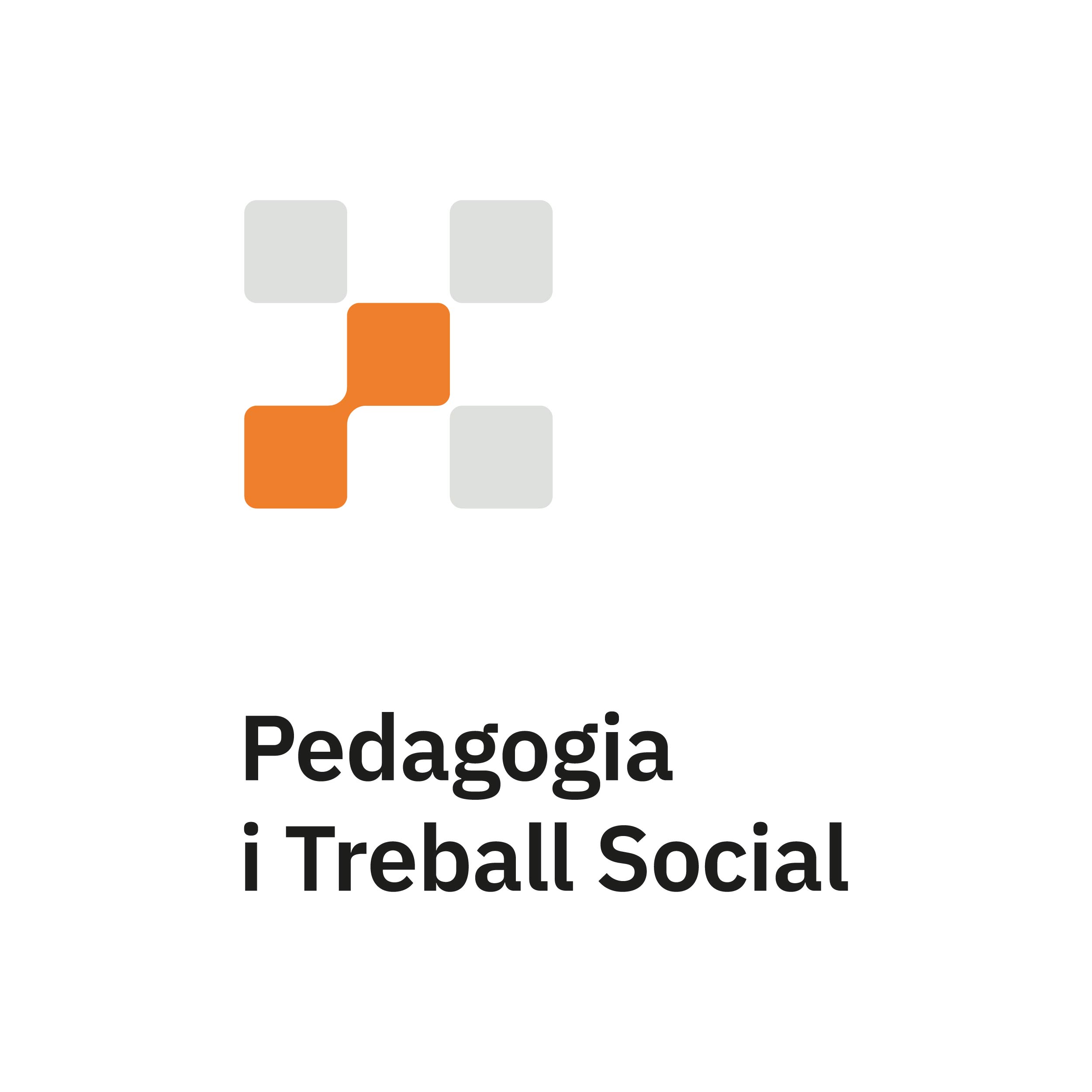Submissions
Submission Preparation Checklist
As part of the submission process, authors are required to check off their submission's compliance with all of the following items, and submissions may be returned to authors that do not adhere to these guidelines.- The article is clearly placed in the subject matter of applied social sciences, including social education, social work, pedagogy, psychology, anthropology, sociology, and educational sciences.
- The subject matter addressed is current, of interest to the social sciences and contributes significantly to enriching this field.
- It is an original work, which has not been sent to any other journal with the aim of being published.
- The manuscript that is sent to the PTS journal, by the corresponding author, has consent for its submission from all the authors who signed the article.
- Any information that might give clues to reviewers about the authors or their affiliation (location, participating institutions, or procedure) has been removed or anonymized.
- The manuscript complies with the citation guidelines of the American Psychological Association (APA) in its seventh edition (https://biblioteca.udg.edu/ca/com-citar-documents/estil-apa).
- The title of the article summarizes the thematic core of the article and captures the reader's attention.
- The first page of the article includes the title, the authors in their corresponding order and their affiliation, the data of the corresponding author (name and surname/s, institutional mailing address, e-mail address and telephone; data that will be published), and the sections: Ethical aspects, Conflict of interest and Financing.
- The second page should include the title (without authors), the abstract (Catalan or Spanish, depending on the language used in the manuscript) and keywords; and the English translation of these same sections (in the case of manuscripts entirely in English it will not be necessary).
- The length of the abstract is between 200 and 300 words and is structured using the IOMRDC system (It may vary consistently in qualitative designs).
- The abstract is coherent, concise, precise and understandable without the need for reading the article in its entirety.
- The keywords are consistent with the content of the article and adequate (4 to 6); and the terms used in specialized thesauri (MeSH or similar) have been taken into account.
- The body of the manuscript starts on the third page, and responds to the structure: Introduction (including the objective at the end of this), Method (Design, Population, Sample, Procedure, Instruments, and Statistical Analysis), Results, Discussion (including Limitations and Conclusions at the end, without a specific subsection), and References. (The structure may vary slightly in case of qualitative designs, if it is required and justified).
- The manuscript is submitted in Times New Roman font, size 12 and 1.5 spacing; and its length is 4000 words or less, not including bibliographic citations, tables and footnotes.
- Tables and Figures have been incorporated in the text of the article and added after the References section (correlatively one on each page).
- The number of tables included in the manuscript is 6 or less, and they are editable.
Privacy Statement
The names and e-mail addresses entered in this journal will be used exclusively for the purposes stated by this journal and will not be available for any other purpose or to any other person.
We inform you that the University of Girona will be responsible for the processing of the data you provide, which will be processed for the purpose of managing your collaboration with the Journal. The data will be processed on the basis of your consent in accordance with article 6.1.a of the General Data Protection Regulation. They will be communicated to the editors of the magazine. You can exercise your rights of access, rectification, deletion, opposition to processing and request for limitation of processing by contacting the Library of the University of Girona. You can read more information about the data protection policy from this link.
The opinions expressed in the articles are always the sole responsibility of their authors and do not necessarily represent the opinions or scientific policies of the journal. The activities described in the papers comply with generally accepted criteria of professional and research ethics. Authors may consult the publications of the Commission on Publication Ethics (COPE). If these criteria are not met, the PTS Journal reserves the right to take appropriate action.




